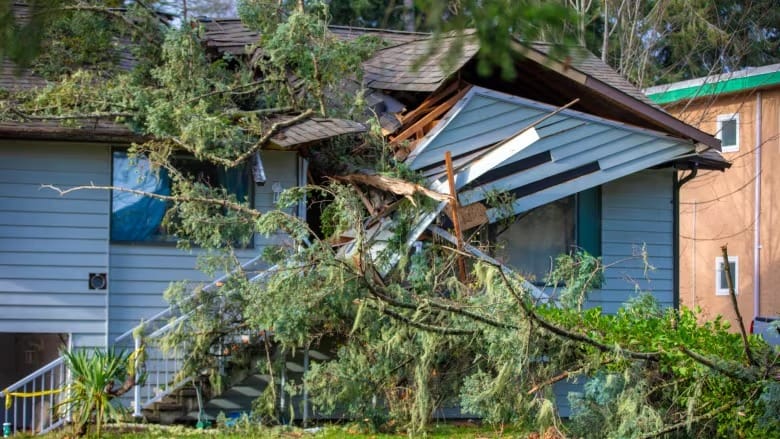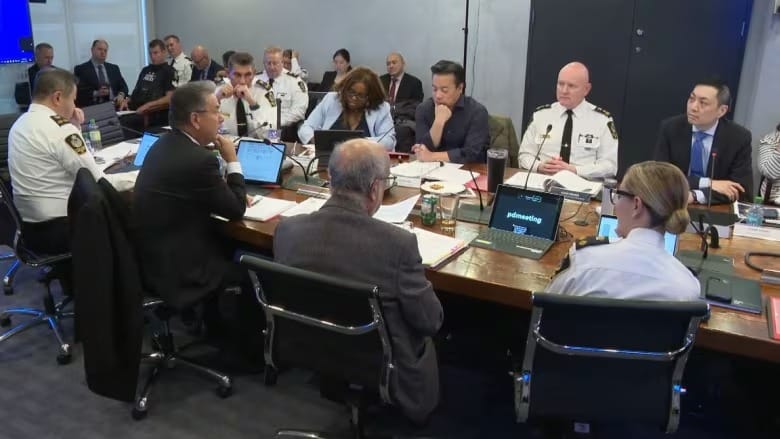Living wage increases across B.C., reaches $27/hr in Metro Vancouver, says economic think tank
Kamloops living wage up 13% due in part to poor public transit options, expert says

Living Wage in British Columbia Sees Significant Increase, Report Finds
A recent report from the Canadian Centre for Policy Alternatives (CCPA) reveals that the amount of money needed to earn a living wage has increased across British Columbia.
In Metro Vancouver, the living wage is now $27.05 per hour, a 5.3% rise from last year. The Fraser Valley saw a significant jump of 12.44%, while the Columbia Valley experienced a more modest increase of 1.19%.
The overall rise in the living wage across the province has led the report’s authors to urge employers to adopt a living wage in their communities and for all levels of government to implement cost-saving measures for residents.
According to the CCPA, the living wage is defined as the hourly rate needed for two full-time working parents to support a family of four in their community, without factoring in debt, home ownership, or savings for retirement or children's post-secondary education.
Among the highest living wage rates in the province, Whistler stands out at $28.09 per hour, while Grand Forks has the lowest rate at $20.81 per hour.
As of June 1, 2024, the minimum wage across B.C. will be $17.40 per hour, well below the living wage in most regions.
Wage Gap and Rising Costs
The report also reveals that about 37% of paid employees in Metro Vancouver, or nearly half a million workers, earn less than the living wage.
Rising costs, including high rents, childcare, grocery prices, and transit, contribute to the increasing living wage.
Anastasia French, report author and Living Wage B.C. provincial manager, commented on the situation: “A trend that we’re seeing across the province, unfortunately for many years, is that housing costs continue to increase.”
According to the Canadian Mortgage and Housing Corporation’s latest report, the average rent for a two-bedroom apartment in Vancouver is $2,181, the highest in Canada. Victoria ranks third in the country with an average rent of $1,839.
Transportation and Regional Differences
Housing is not the only factor driving up the living wage, French noted.
In Kamloops, families need two cars due to limited public transit options, according to the report. Census data shows that 85% of residents drive themselves to work. French explained, “Realistically, you do need to have a car to get around.”
As a result, the report authors adjusted the living wage calculation for Kamloops, resulting in a 13.3% increase.
B.C. Transit acknowledged the growing demand for transit in Kamloops and announced plans to expand service hours in the 2024/2025 fiscal year.
A Call for Change
While improved transit and reduced housing costs would help, the report emphasizes the need for employers to raise wages and benefits, alongside government action to address the cost of living.
“We call on governments at all levels to double their efforts on affordability,” said report author Iglika Ivanova. “We need more affordable housing. We need to move towards that $10-a-day childcare that is still elusive for most people. We also need to review the various government benefits available.”
Despite efforts to tackle affordability, the premier’s office has yet to comment on the report.
Throughout the election campaign and beyond, Premier David Eby has highlighted affordability as a top priority for his government. The NDP has pledged an annual tax cut of around $1,000 for households and $500 for individuals, along with a commitment to continue raising the minimum wage in line with inflation.





